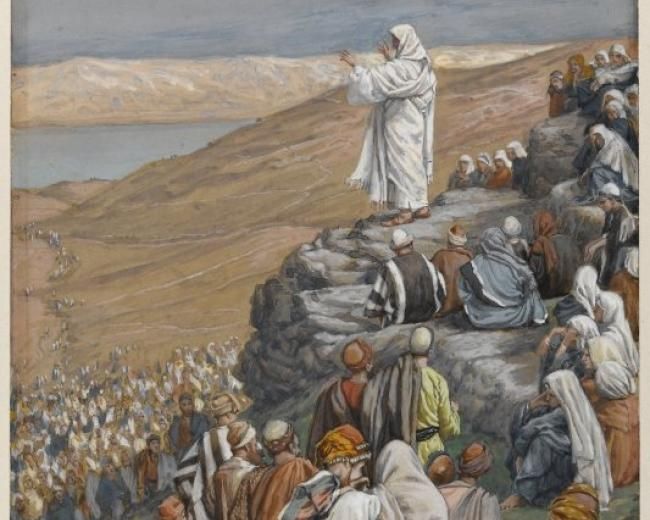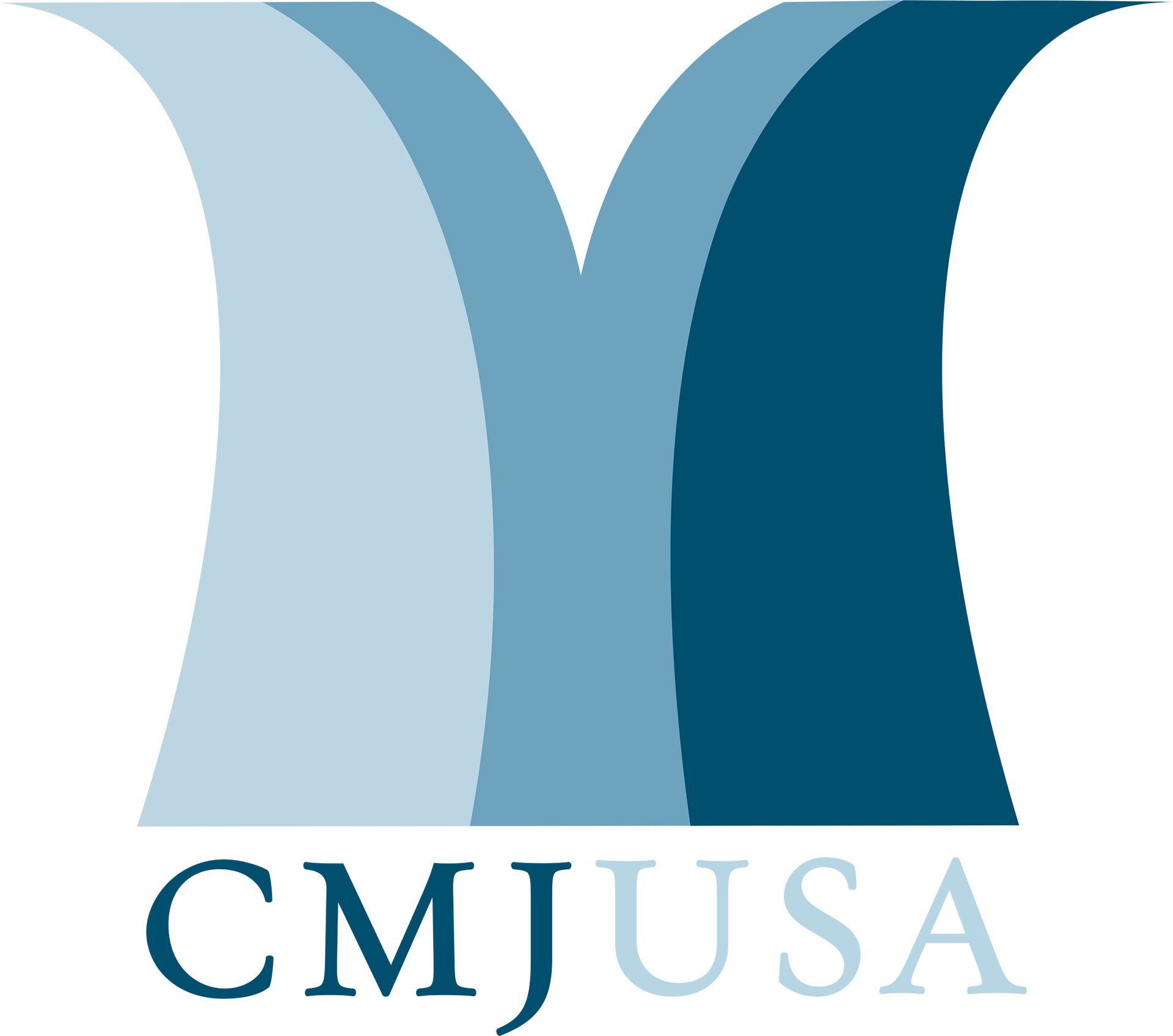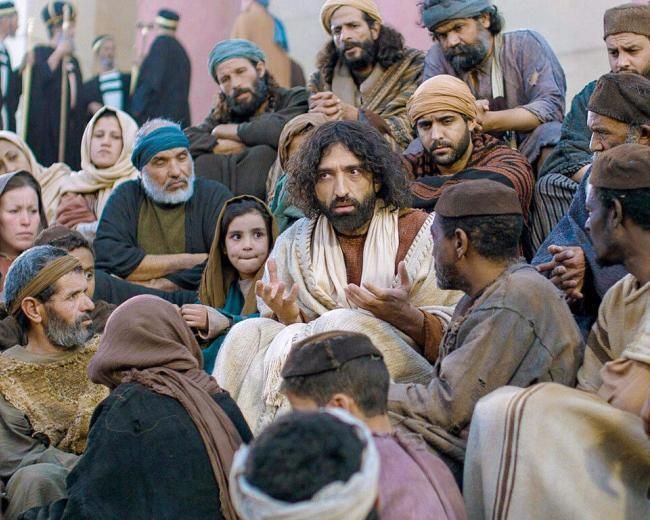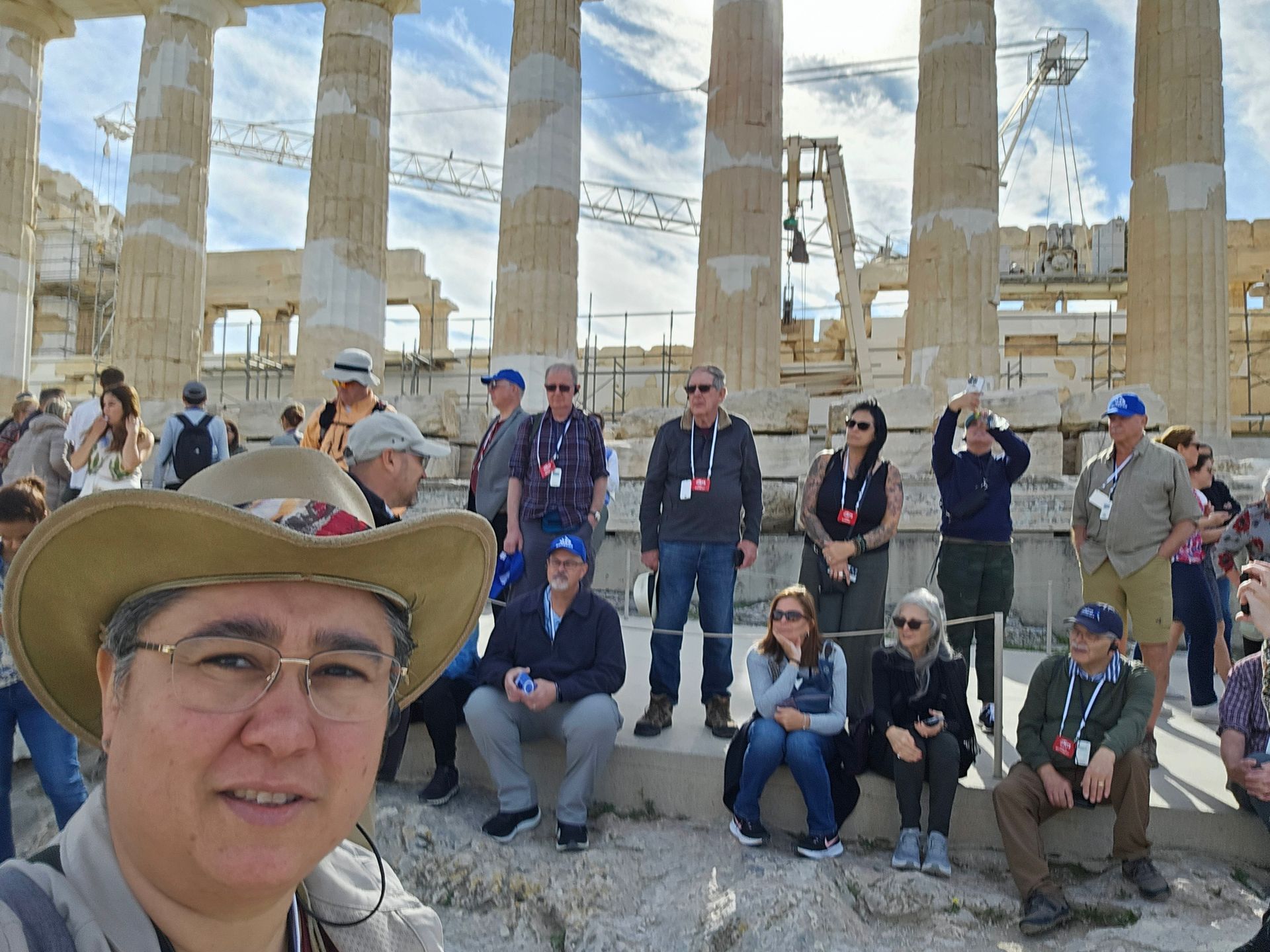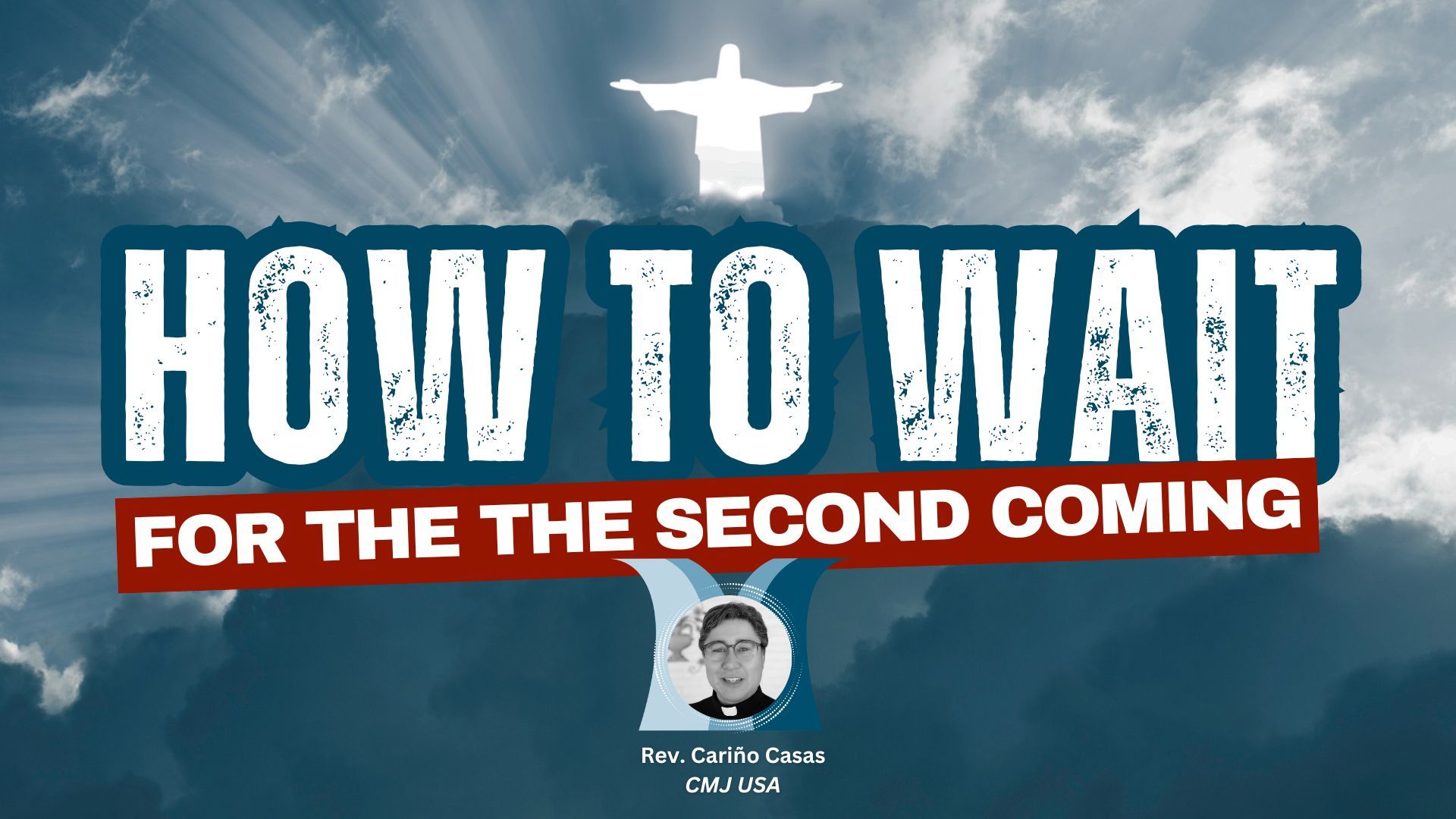Before receiving the Law on Mount Sinai, Moses fasted for 40 days and nights. Prior to the Sermon on the Mount, Jesus did as well. In Deuteronomy 9:9, Moses reported, “I remained on the mountain 40 days and nights.” The word translated “remained” can either mean “remained,” “abode,” or “stayed,” which is reflected in our translations. But the most basic meaning of the word is “sat.” Moses sat on the mountain. In the introduction to the Sermon on the Mount we read, “When Jesus saw the crowds, he went up on the mountain; and after he sat down, his disciples came to Him.”
Before receiving the Law on Mount Sinai, Moses fasted for 40 days and nights. Prior to the Sermon on the Mount, Jesus did as well. In Deuteronomy 9:9, Moses reported, “I remained on the mountain 40 days and nights.” The word translated “remained” can either mean “remained,” “abode,” or “stayed,” which is reflected in our translations. But the most basic meaning of the word is “sat.” Moses sat on the mountain. In the introduction to the Sermon on the Mount we read, “When Jesus saw the crowds, he went up on the mountain; and after he sat down, his disciples came to Him.”
